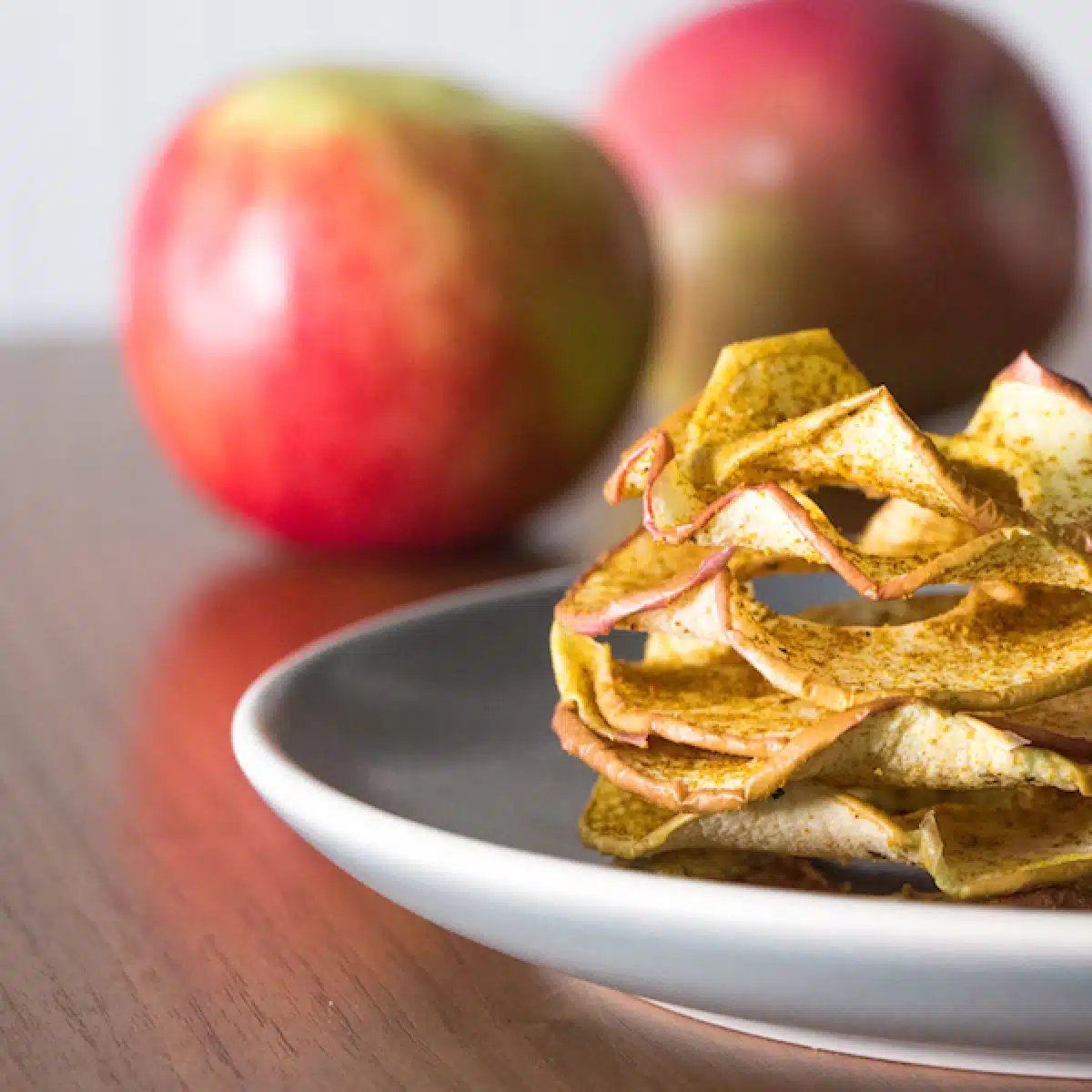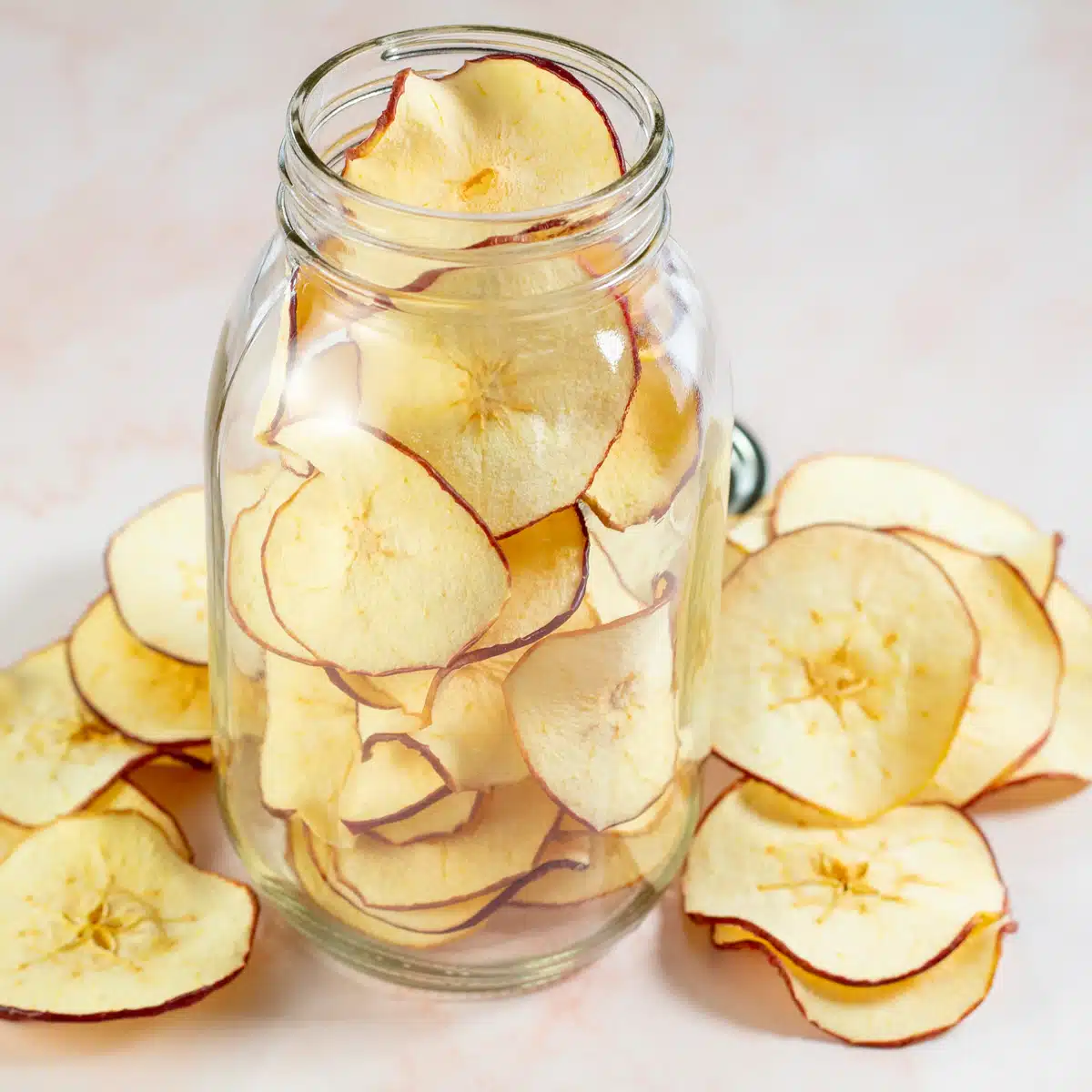|
User Role
|
Min/Max Order Quantity
|
|---|---|
|
Distributor
|
50-100
|
|
Retailer
|
100-150
|

Dehydrated Apple
Preparation: To create dehydrated apples, thinly slice fresh apples after they have been cleaned, peeled, and cored. After that, the slices are arranged on trays and dried for several hours at low temperatures in an oven or food dehydrator until they become leathery and dry.
Taste and Texture: The natural sweetness of dehydrated apples is enhanced during the dehydration process, giving them a concentrated flavor. They resemble dried fruit in texture—they are chewy—but if they are dehydrated for extended periods of time, they can turn crisp.
Advantages for Nutrition:
- Dietary fiber: An essential component of a healthy digestive system, dehydrated apples are a good source of dietary fiber. Constipation is avoided, fiber helps control bowel motions, and it may reduce the chance of developing some digestive diseases.
- Vitamins and Minerals: Dehydrated apples maintain vital elements like potassium, which is crucial for heart health and blood pressure regulation, even if some vitamins, including vitamin C, may become less abundant throughout the process.
- Low in Fat and Calories: Because dehydrated apples are inherently low in fat and calories, they’re a great choice for people maintaining their weight or seeking a wholesome swap for snacks with more calories.
Practicality:
- Extended Shelf Life: When compared to fresh apples, dehydrated apples have a longer shelf life. They are a practical way to stock up on wholesome snacks because they keep well for several months to a year when kept in airtight containers.
- Portability: Dehydrated apples are convenient to bring as a quick snack because they are small and light. They are perfect for bringing along for outdoor activities like hiking and camping, or for putting in lunchboxes and backpacks.
- Versatility: Dehydrated apples can be baked, snacked on, or combined with other meals for breakfast, such as yogurt or oatmeal. They work well as an ingredient in savory and sweet recipes because of their concentrated flavor and chewy texture.





